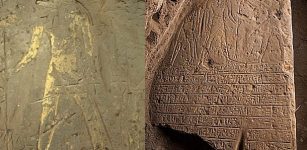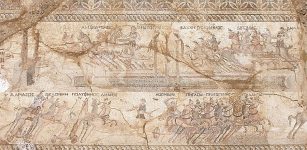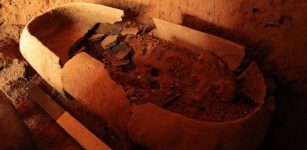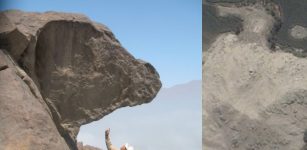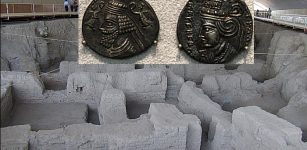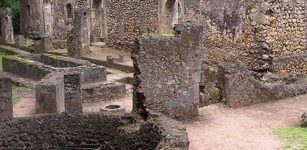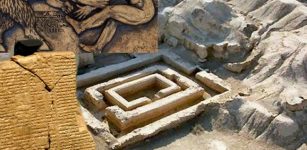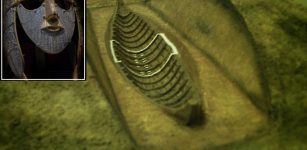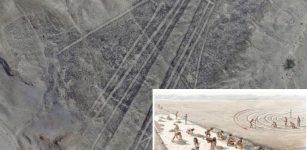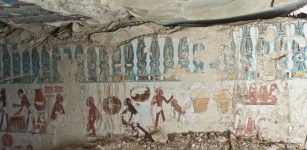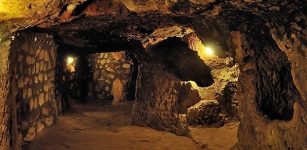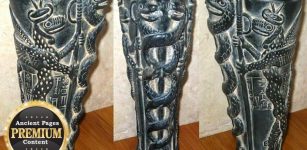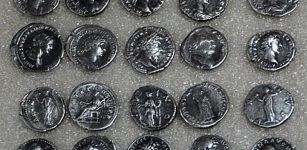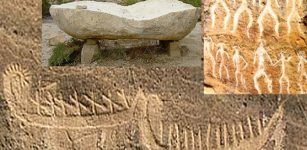Search For The Elusive Tomb Of The Maccabees – Has The Tomb Finally Been Found?
AncientPages.com - Archaeologists may have finally uncovered the lost tomb of the Maccabees - Matityahu the Hasmonean and his five sons, from the ancient city of Modi'in - who led a successful rebellion against Greek rule in the second century BC.
The Tomb of the Maccabees was described in two ancient books two thousand years old: 'The Book of the Maccabees' and the 'Antiquities of the Jews', which was written by Josephus Flavius, who described the tomb as a tall, impressive structure surrounded by columns; it was said to overlook the sea and was built of fine stones and was covered with pyramid-like roofs.
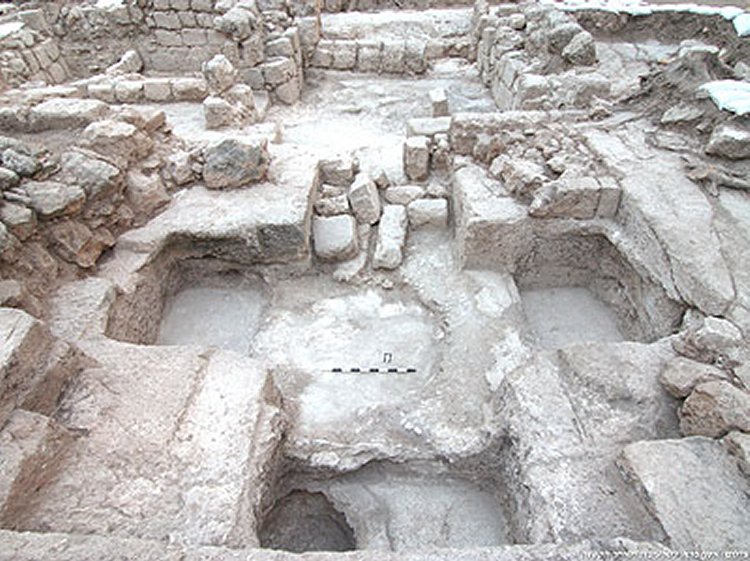
An overview of an archeological site that has revealed a large mausoleum uncovered by the Israel Antiquities Authority while searching for the real location of the Tomb of the Maccabees in Modi'in, Israel, September 21, 2015.
Experts are taking a second look at a tomb at Horbat Ha-Gardi, near the ancient city of Madi'in. Over a hundred years after it was first discovered, the Israel Antiquities Authority (IAA) has resumed long-abandoned excavations at the site.
First discovered in the late 1800s, the site's similarities to historical descriptions of the Maccabees' final resting place were immediately recognized. Researchers at the time even went so far as to claim "there is no room for doubt. I found the Tomb of the Maccabees."
Early assumptions about the tomb were quickly challenged when Charles Clermont-Ganneau, a French scholar of the time, found a mosaic floor decorated with a Byzantine cross, indicating that the site had been built by Christians.
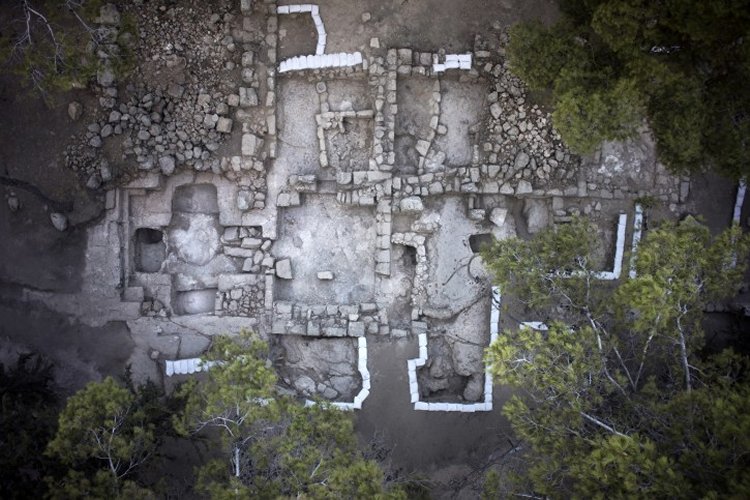
An aerial view of Horbat Ha-Gardi. Photo: Griffin Aerial Imaging, courtesy the Israel Antiquities Authority.
However, Clermont-Ganneau maintained that the site could still hold the fabled Tomb of the Maccabees, writing that "it is possible that this structure was built by the Christians, so as to commemorate the burial place of the Holy Maccabees, since they were exalted saints in the eyes of Christianity." Nevertheless, excavations were soon abandoned.
Amit Re'em, an excavation director on the Authority's new project, suspects the tomb was discovered by ancient Christians, who added the cross to identify the site as the burial place of important figures—namely the Maccabees.
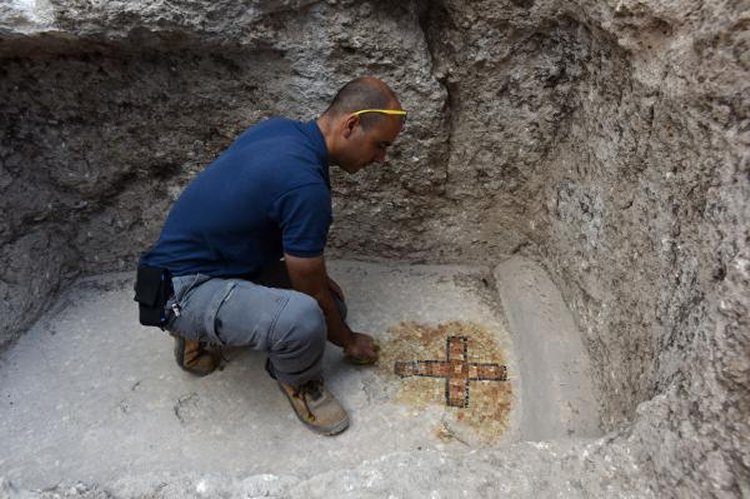
Archeologist Dan Shachar cleans a mosiac cross from the Byzantine Period discovered in a large mausoleum uncovered by the Israel Antiquities Authority while searching for the real location of the Tomb of the Maccabees in Modi'in, Israel, September 21, 2015. Photo by Debbie Hill/ UPI
"There is no doubt that the structure that was uncovered is unusual. The descriptions from 150 years ago were revealed right here in front of our eyes, and we discovered the magnificent burial vaults, enormous pillars that apparently supported a second story, a forecourt that led to the tomb and other associated buildings," Amit Re'em said.
Unfortunately, the building seen by our predecessors had been robbed, and its stones were taken to construct settlements in the vicinity; the archaeological evidence currently at hand is still insufficient to establish that this is the burial place of the Maccabees.
"An excavation and a lot of hard work are still required in order to confirm that assumption unequivocally, and the riddle remains unsolved—the search for the elusive Tomb of the Maccabees continues," Amit Re'em said.
AncientPages.com
source: Israel Antiquities Authority

